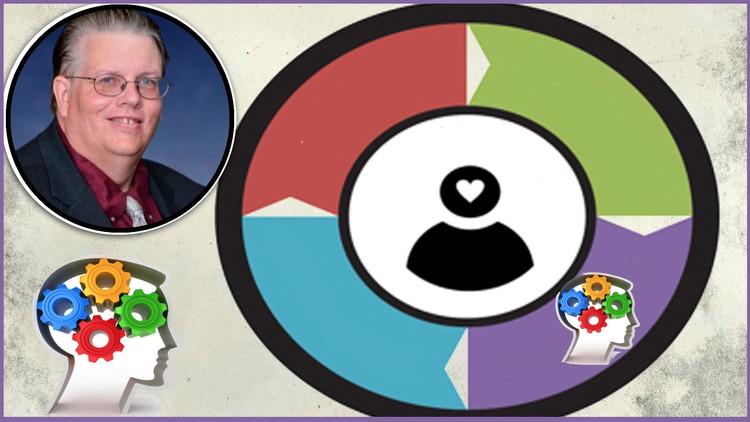
Emotional Intelligence Certification Course
What you will learn
Deal with tough situations easier
Have completed one of four modules for their Emotional Intelligence certification
Description
This course deals with Empathy and Social Awareness.
It is the third level of four certification courses, which can be done in any order.
The four courses are:
- Emotional Intelligence Certification: Self Awareness Level 1
- Emotional Intelligence Certification Self Management Level 2
- Empathy and Social Awareness EI Certification: Level 3
- Relationship Management EI Certification – Level 4
Emotional Intelligence: A set of emotional, social and relational skills that guides the way we perceive, understand and express ourselves; connect with others; manage interpersonal exchange; cope with challenges; and apply emotional information in an effective, meaningful way.
Research indicates that emotional intelligence can be learned and be measurable differences directly associated with professional and personal success. Furthermore, it may be responsible for up to 80% of the success we experience in life.
The basic areas of emotional intelligence are self-awareness, self-management; empathy/social awareness and relationship management.
EIQ Self-Awareness
Self-awareness reflects understanding, personal acceptance & an overall understanding of personal psychology. Self-awareness is foundational to social awareness & self-management.
Factors Include:
- Personality elements
- Learning styles
- Mental attitudes & states
- Comfort & discomfort
- Strengths &
- weaknesses
- Biofeedback
- Self-acceptance
- Self esteem
- Temperament
- Tension/stress levels
- Spirituality
- Conscience
- Emotional Well-being
- Assertiveness
- Authenticity
- Character
- Confidence
- Internal Empathy
- Self-perception
- Mindfulness
Self Recognition is comprised of 5 sub-categories:
- Self-Awareness/Understanding: a conscious, deliberate reflection on personal identity, image, feelings, motives, desires & how these are associated with perceptions of self in the context of various situations. Empathy & understanding of self. Knowing why emotions occur. Being authentic.
- Connections of Cause & Effect: recognition of the impact & consequence of behaviors on feelings & moods; separating external & internal factors effecting emotions. Knowing how feelings relate to performance.
- Self-Appreciation, Acceptance & Confidence: development of self-esteem; personal worth & value; & coming to grips with personal attributes. Recognizing personal strengths, weaknesses, & limitations. Operating with realistic self-assurance.
- Consciousness, Assertiveness: intentional establishment of personal boundaries & appropriate limits; choosing a path that expresses self-worth through personal care & outward presentation (presence).
- Emotional Identification: ability to identify & name personal feelings; vocabulary & definition of emotions allowing choices, responses & performance; effective reflection on intrapersonal information.
Content